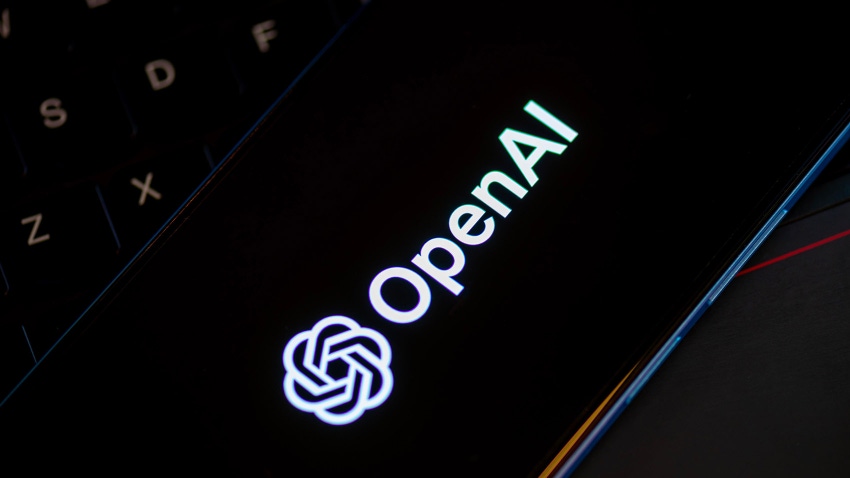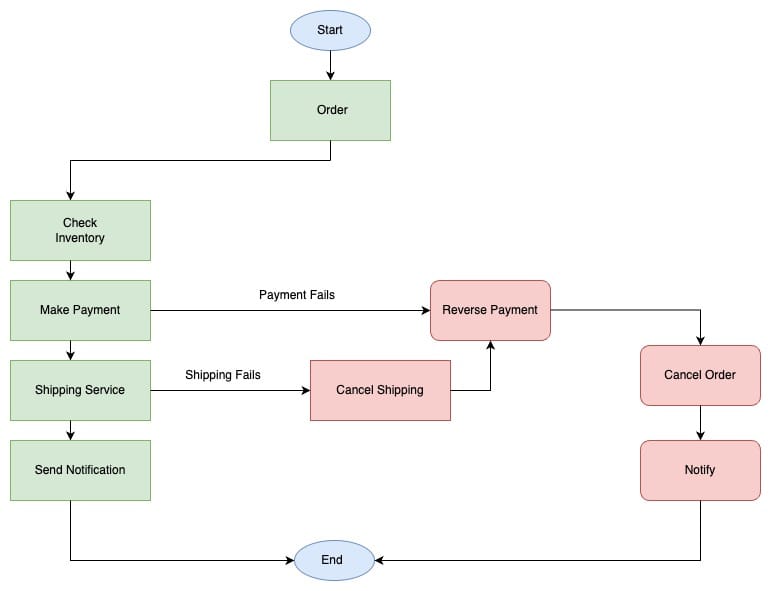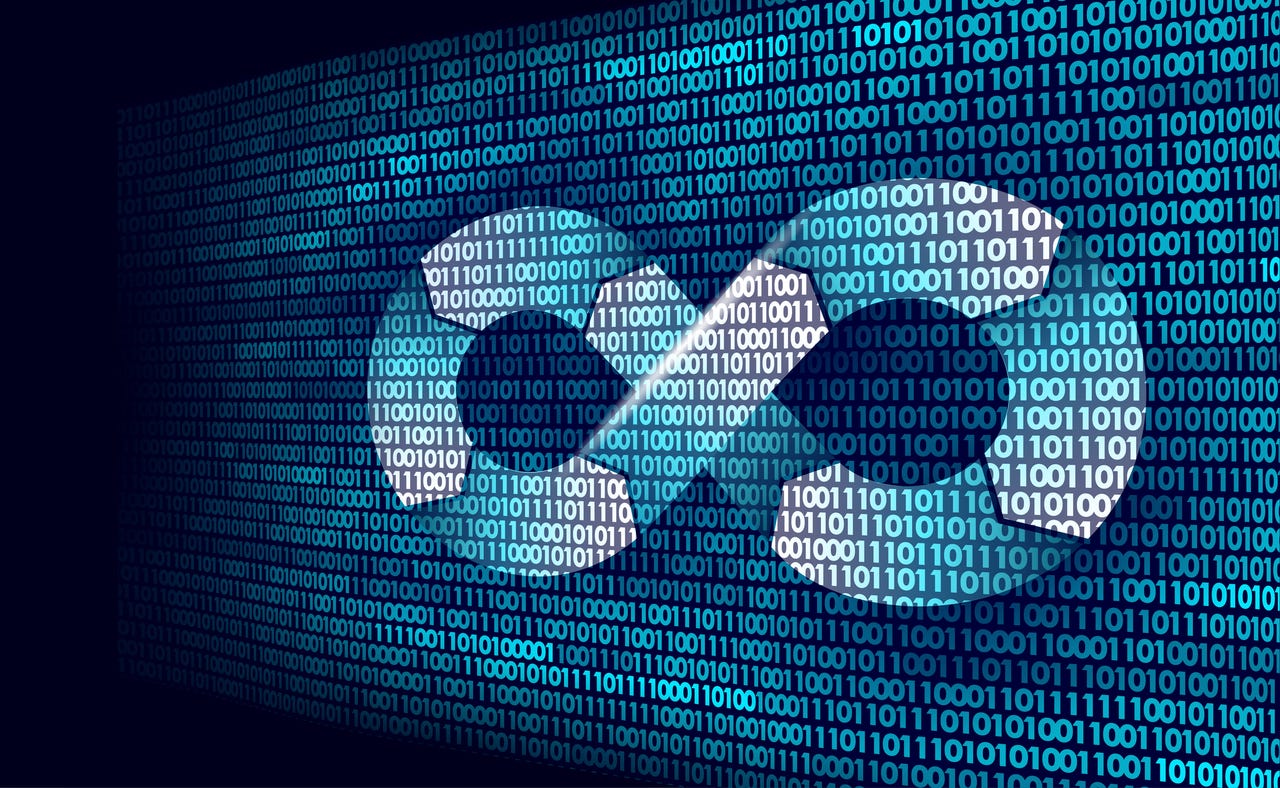Experts Concerned by Signs of AI Bubble

"Capital continues to pour into the AI sector with very little attention being paid to company fundamentals," he wrote, "in a sure sign that when the music stops there will not be many chairs available." It's been a turbulent week for AI companies, highlighting what sometimes seems like unending investor appetite for new AI ventures. Case in point is Cohere, one of the many startups focusing on generative AI, which is reportedly in late-stage discussions that would value the venture at a whopping $5 billion. Then there's Microsoft, which has already made a $13 billion bet on OpenAI, as well as hiring most of the staff from AI startup Inflection AI earlier this month. The highly unusual deal — or "non-acquisition" — raised red flags among investors, leading to questions as to why Microsoft didn't simply buy the company. According to Windsor, companies "are rushing into anything that can be remotely associated with AI." Ominously, the analyst wasn't afraid to draw direct lines between the ongoing AI hype and previous failed hype cycles. "This is precisely what happened with the Internet in 1999, autonomous driving in 2017 and now generative AI in 2024," he wrote.
A New Way to Let AI Chatbots Converse All day Without Crashing?

Typically, an AI chatbot writes new text based on text it has just seen, so it stores recent tokens in memory, called a KV Cache, to use later. The attention mechanism builds a grid that includes all tokens in the cache, an “attention map” that maps out how strongly each token, or word, relates to each other token. Understanding these relationships is one feature that enables large language models to generate human-like text. But when the cache gets very large, the attention map can become even more massive, which slows down computation. Also, if encoding content requires more tokens than the cache can hold, the model’s performance drops. For instance, one popular model can store 4,096 tokens, yet there are about 10,000 tokens in an academic paper. To get around these problems, researchers employ a “sliding cache” that bumps out the oldest tokens to add new tokens. However, the model’s performance often plummets as soon as that first token is evicted, rapidly reducing the quality of newly generated words. In this new paper, researchers realized that if they keep the first token in the sliding cache, the model will maintain its performance even when the cache size is exceeded.
AI and compliance: The future of adverse media screening in FinTech

Unlike static databases, AI systems continuously learn and adapt from the data
they process. This means that they become increasingly effective over time, able
to discern patterns and flag potential risks with greater accuracy. This
evolving intelligence is crucial for keeping pace with the sophisticated
techniques employed by individuals or entities trying to circumvent financial
regulations. Furthermore, the implementation of AI in adverse media screening
fosters a more robust compliance framework. It empowers FinTech companies to
preemptively address potential regulatory challenges by providing them with
actionable insights. This proactive approach to compliance not only safeguards
the institution but also ensures the integrity of the financial system at large.
Despite the promising benefits, the integration of AI into adverse media
screening is not without challenges. Concerns regarding data privacy, the
potential for bias in AI algorithms, and the need for transparent methodologies
are at the forefront of discussions among regulators and companies
alike.
How to Get Tech-Debt on the Roadmap
/filters:no_upscale()/articles/getting-tech-debt-on-roadmap/en/resources/7fig3-1710944508954.jpg)
Addressing technical debt is costly, emphasizing the need to view engineering
efforts beyond the individual contributor level. Companies often use the
revenue per employee metric as a gauge of the value each employee contributes
towards the company's success. Quick calculations suggest that engineers, who
typically constitute about 30-35% of a company's workforce, are expected to
generate approximately one million dollars in revenue each through their
efforts. ... Identifying technical debt is complex. It encompasses
customer-facing features, such as new functionalities and bug fixes, as well
as behind-the-scenes work like toolchains, testing, and compliance, which
become apparent only when issues arise. Additionally, operational aspects like
CI/CD processes, training, and incident response are crucial, non-code
components of system management. ... Service Level Objectives (SLOs) stand out
as a preferred tool for connecting technical metrics with business value,
primarily because they encapsulate user experience metrics, offering a
concrete way to demonstrate the impact of technical decisions on business
outcomes.
What are the Essential Skills for Cyber Security Professionals in 2024?

It perhaps goes without saying, but technical proficiency is key. It is
essential to understand how networks function, and have the ability to secure
them. This should include knowledge of firewalls, intrusion detection and
prevention systems, VPNs and more. Coding and scripting is also crucial, with
proficiency in languages such as Python, Java, or C++ invaluable for
cybersecurity professionals. ... Coding skills can enable professionals to
analyse, identify, and fix vulnerabilities in software and systems, essential
when carrying out effective audits of security practices. It will also be
needed for evaluation of new technology being integrated into the business, to
implement controls to diminish any risk in its operation. ... There’s no
escaping the fact that data in general is the lifeblood of modern business. As
a result, every cyber security professional will benefit from learning data
analysis skills. This does not mean becoming a data scientist, but upskilling
in areas such as statistics that can have a profound impact on your job. At
the very least you need to be able to understand what the data is telling you.
Otherwise, you’re simply following what other people – usually in the data
team – tell you.
Removing the hefty price tag: cloud storage without the climate cost
Firstly, businesses should consider location. This means picking a cloud
storage provider that’s close to a power facility. This is because distance
matters. If electricity travels a long way between generation and use, a
percentage is lost. In addition, data centers located in underwater
environments or cooler climates can reduce the energy required for cooling.
Next, businesses should ask green providers about what they’re doing to
minimize their environmental impact. For example, powering their operations
with solar, wind, or biofuels reduces reliance on fossil fuels and so lowers
GHG emissions. Some facilities will house large battery banks to store
renewable energy and ensure a continuous, eco-friendly power supply. Last but
certainly not least, technology offers a powerful avenue for enhancing the
energy efficiency of cloud storage. Some providers have been investing in
algorithms, software, and hardware designed to optimize energy use. For
instance, introducing AI and machine learning algorithms or frequency scaling
can drastically improve how data centers manage power consumption and
cooling.
RESTful APIs: Essential Concepts for Developers

One of these principles is called statelessness, which emphasizes that each
request from a client to the server must contain all the information necessary
to understand and process the request. This includes the endpoint URI, the
HTTP method, any headers, query parameters, authentication tokens, and session
information. By eliminating the need for the server to store session state
between requests, statelessness enhances scalability and reliability, making
RESTful APIs ideal for distributed systems. Another core principle of REST
architecture is the uniform interface, promoting simplicity and consistency in
API design. This includes several key concepts, such as resource
identification through URIs (endpoints), the use of standard HTTP methods like
GET, POST, PUT, and DELETE for CRUD operations, and the adoption of standard
media types for representing resources. ... RESTful API integration allows
developers to leverage the functionalities of external APIs to enhance the
capabilities of their applications. This includes accessing external data
sources, performing specific operations, or integrating with third-party
services.
The dawn of eco-friendly systems development

First, although we are good at writing software, we struggle to create
software that optimally utilizes hardware resources. This leads to
inefficiencies in power consumption. In the era of cloud computing, we view
hardware resources as a massive pool of computing goodness readily available
for the taking. No need to think about efficiency or optimization. Second,
there has been no accountability for power consumption. Developers and devops
engineers do not have access to metrics demonstrating poorly engineered
software’s impact on hardware power consumption. In the cloud, this lack of
insight is usually worse. Hardware inefficiency costs are hidden since the
hardware does not need to be physically purchased—it’s on demand. Cloud finops
may change this situation, but it hasn’t yet. Finally, we don’t train
developers to write efficient code. A nonoptimized versus a highly optimized
application could be 500% more efficient in power consumption metrics. I have
watched this situation deteriorate over time. We had to write efficient code
back in the day because the cost and availability of processors, storage, and
memory were prohibitive and limited.
10 Essential Measures To Secure Access Credentials

Eliminating passwords should be every organization’s goal, but if that’s not a
near-term possibility, implement advanced password policies that exceed
traditional standards. Encourage the use of passphrases with a minimum length of
16 characters, incorporating complexity through variations in character types,
as well as password changes every 90 days. Additionally, advocate for the use of
password managers and passkeys, where possible, and educate end users on the
dangers of reusing passwords across different services. ... Ensure the
encryption of credentials using advanced cryptographic algorithms and manage
encryption keys securely with hardware security modules or cloud-based key
management services. Implement zero-trust architectures to safeguard encrypted
data further. ... Implement least privilege access controls, which give users
only the minimum level of access needed to do their jobs, and regularly audit
permissions. Use just-in-time (JIT) and just-enough-access (JEA) principles to
dynamically grant access as needed, reducing the attack surface by limiting
excessive permissions.
What car shoppers need to know about protecting their data
You can ask representatives at the dealership about a carmaker’s privacy
policies and if you have the ability to opt-in or opt-out of data collection,
data aggregation and data monetization — or the selling of your data to
third-party vendors, said Payton. Additionally, ask if you can be anonymized and
not have the data aggregated under your name and your vehicle’s unique
identifying number, she said. People at the dealership “might even point you
towards talking to the service manager, who often has to deal with any repairs
and any follow up and technical components,” said Drury. ... These days, many
newer vehicles essentially have an onboard computer. If you don’t want to be
tracked or have vehicle data collected and shared, you might find instructions
in your owner’s manual on how to wipe out your personalized data and information
from the onboard computer, said Payton. “That can be a great way if you are
already in a car and you love the car, but you don’t like the data tracking,”
she said. While you may not know if the data was already collected and sent out
to third parties, you could do this on a periodic basis, she said.
Quote for the day:
"Thinking should become your capital
asset, no matter whatever ups and downs you come across in your life." --
Dr. APJ Kalam


































